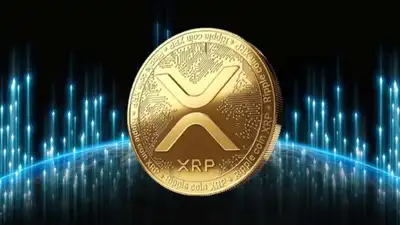In the vast and intricate ecosystem of the XRP Ledger, Ripple validators and gateways play crucial roles in facilitating transactions and maintaining the efficiency of the network. Let us embark on a journey to understand the significance of these essential actors in the world of digital transactions.
- Ripple Validators:
At the heart of the XRP Ledger’s decentralized consensus mechanism lie the Ripple validators. These validators are independent servers operated by various entities, including financial institutions, individuals, and organizations. Their primary responsibility is to validate transactions and ensure the integrity of the ledger.
Validators engage in a dance of agreement, participating in the XRP Ledger Consensus Protocol (XRPL Consensus) to confirm the validity of transactions. They reach consensus through a process of agreement, where a supermajority of validators must concur on the authenticity of a transaction before it is added to the ledger. This democratic approach ensures that the XRP Ledger maintains a high level of security and resiliency, as it avoids relying on a single entity for validation.

While validators strive to maintain transparency and integrity, they also have the liberty to operate privately, without revealing their identities to the public. This anonymity allows them to preserve their independence and freedom in contributing to the consensus process.
- Ripple Gateways:
Beyond validators, Ripple gateways form another essential component in the XRP Ledger’s ecosystem. Gateways serve as bridges between the XRP Ledger and the traditional financial system. They facilitate the exchange of assets, such as fiat currencies and other cryptocurrencies, by enabling their issuance and redemption on the ledger.
Gateways act as trusted intermediaries, where users can deposit their assets and receive corresponding IOUs (I Owe You) on the ledger. These IOUs represent the user’s claim to the underlying asset held by the gateway. It is important to note that gateways operate independently and are not directly controlled by Ripple Labs.
These IOUs are then tradable on the XRP Ledger, allowing users to engage in cross-currency transactions seamlessly. For instance, if a user wants to send euros to another user who prefers to receive US dollars, they can do so using the XRP Ledger and its IOUs issued by respective gateways. This interplay of gateways expands the possibilities of cross-border transactions and offers a broader range of tradable assets on the ledger.
In conclusion, the role of Ripple validators and gateways is paramount in the efficient functioning of the XRP Ledger. Validators ensure the security and consensus of transactions through a decentralized process, while gateways act as vital links between the XRP Ledger and the traditional financial world, enabling users to transact across different currencies and assets. Together, these actors form the backbone of Ripple’s vision to revolutionize international payments and foster a more interconnected and seamless financial landscape.



